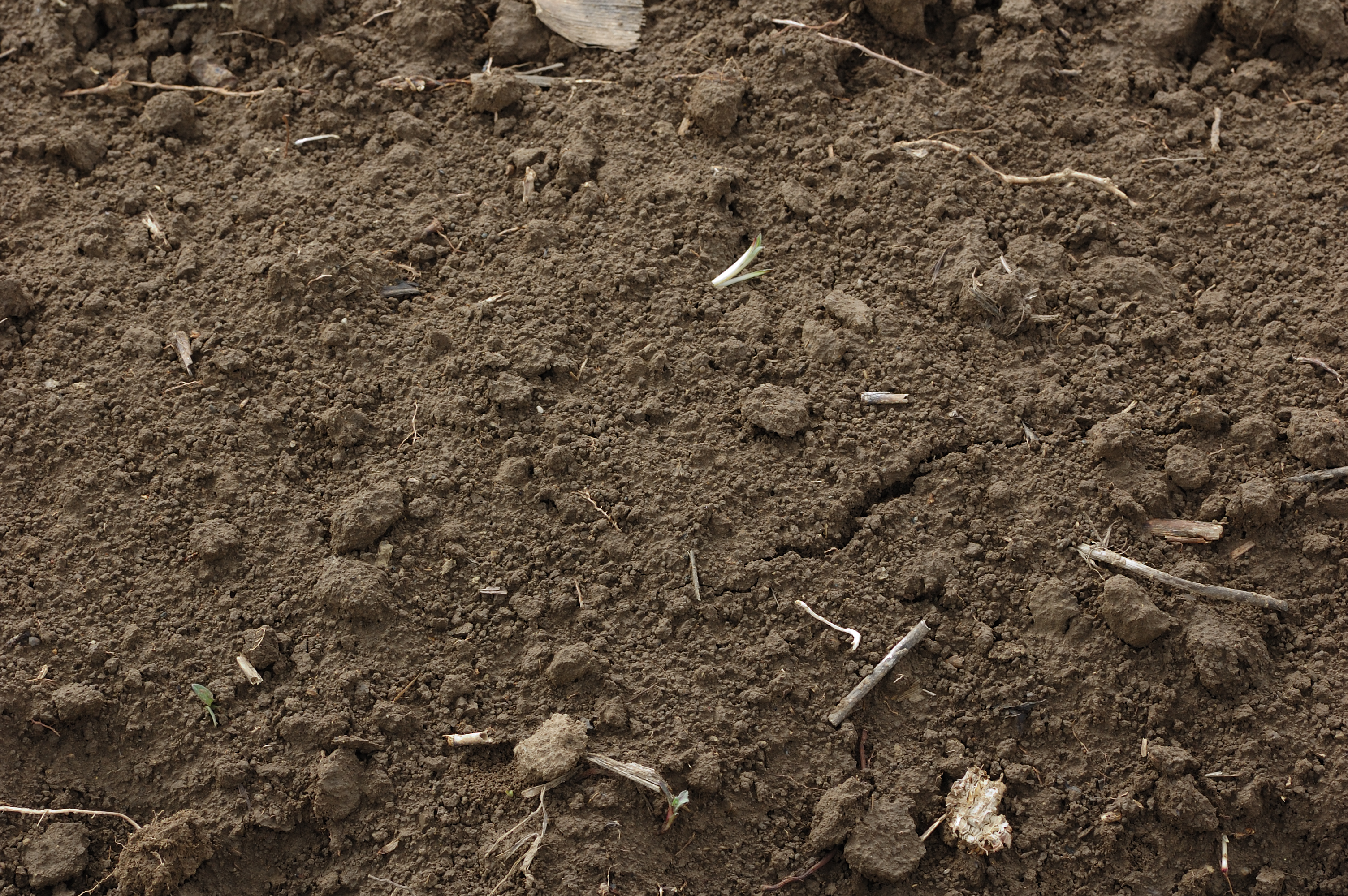
|
We’ve known for a long time that AN has disastrous potential. If you store more than 1,000 pounds or more of AN on your site, the rules below apply.
Safe Storage Rules
OSHA’s rules for AN storage are found in 29 CFR 1910.109(i), and apply to most commercial forms of AN. The rules, which are very detailed, cover:
Building construction. AN must be stored in buildings and storage areas that:
- Are a single-story, no more than 40 feet tall
- Have no basement
- Have noncombustible, solid flooring
- Are dry and well-ventilated
- Have corrosion-resistant wiring and (where needed) lightning protection
- Are of fire-resistant construction, if exterior walls are within 50 feet of any combustible structure, vegetation, or storage area
- Are secured against unauthorized entry
- Are clearly marked with signs reading “Ammonium Nitrate” in 2-inch letters
Free webinar: ‘Right to Know’ and HazCom: The Ins and Outs of How the OSHA Rules Apply. March 26th at 2pm EST. Join Today!
Fire protection. To prevent fires and explosions:
- Refuse containers or shipments of AN with temperatures exceeding 130ºF.
- Leave at least 30 inches between stored AN and building walls and partitions, and leave 3-foot aisles between piles, with at least one 4-foot main aisle.
- Install automatic sprinkler systems where more than 2,500 tons of AN are stored.
- Provide water, hoses, and fire extinguishers as needed.
Bulk storage to prevent contamination. To prevent contamination of AN:
- Keep bins clean and free of potential contaminants.
- Avoid galvanized iron, copper, lead, and zinc in bin construction. Aluminum bins and wooden bins protected against impregnation by AN are permissible.
- Separate AN from potential contaminants using impregnable partitions or at least 30 feet of open space.
- Do not store flammable liquids (gasoline, kerosene, solvents, and light fuel oils), LP-gas, sulfur and finely divided metals, explosives or blasting agents, or any other flammables or combustibles in the same building with AN.
Former Assistant Secretary of Labor for Occupational Safety and Health will discuss the GHS and HazCom requirements in this free webinar: ‘Right to Know’ and HazCom: The Ins and Outs of How the OSHA Rules Apply. Click here to register today!
Storage to prevent fires from impacting piles of AN. Compacted AN is very dangerous. To prevent compaction:
- Limit pile heights to 20 feet, and footprints to 20 feet by 50 feet.
- Do not pile or stack AN closer than 36 inches below the roof or supporting beams.
- To minimize caking, ensure that inventories are managed so that all AN is moved out periodically.
Need more chemical safety information? Look no further than Safety.BLR.com®.

Further safety information can be found in the Institute of Makers of Explosives’ (“IME”) Safety and Security Guidelines for Ammonium Nitrate (2014). The guidelines are available via free download on the IME website.
IME has recommended several amendments to OSHA that would greatly improve existing regulations at 29 CFR 1910.109(i). The recommendations are reflected in our guidelines and include, (i) a prohibition on the use of wooden storage bins, (ii) an admonition to offsite firefighters to NOT FIGHT FIRES INVOLVING AN (the appropriate response is evacuation), and (iii) the preparation and distribution to offsite responders and community leaders of a written emergency response plan.